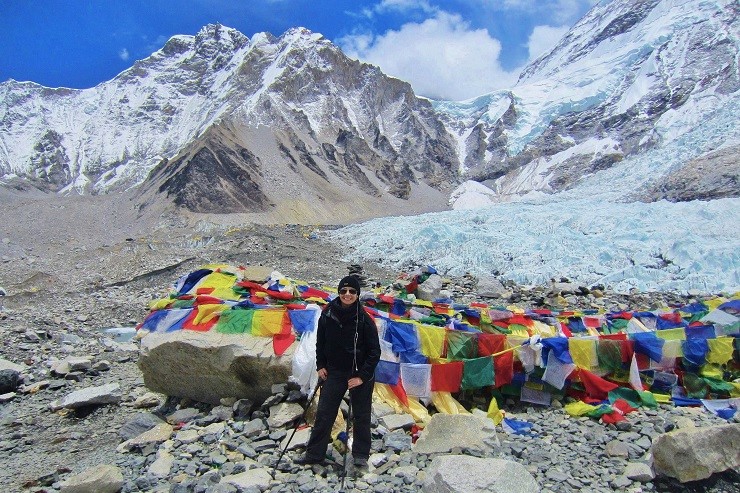INTRODUCTION:
The Kedarkantha trek is an exceptional experience that combines action and scenic beauty. It is a fantastic option for winter trekking because it gives hikers a chance to see the Himalayas’ brilliant snow. Although it can be done all year round, the winter season is when most people go because of the beautiful scenery that is made possible by the fresh, powdery snow that covers the mountain range. The journey is associated with Lord Shiva, who is also known as Kedar, and the mythological concept of Kantha, which means neck. The trekkers can reach the 12,500-foot-high Kedarkantha Peak by walking there. The hike takes place in Govind Ballabh Pant National Park in Uttarakhand’s Western Garhwal, in the district of Uttarakashi.
overview:
One of the few Himalayan treks where trekkers can experience snow before April is the Kedarkantha trek. The trek’s greatest draw is the chance to go through snow-covered mountains, which offer fantastic hiking and skiing terrain. Trekkers can see a landscape that is frequently inaccessible during the summer on a unique experience during the winter journey. It’s a fascinating challenge for hikers because the temperature can drop to -10 degrees in the winter and reach 20 degrees or more during the summer months of April to June.
The Kedarkantha trek is the ideal choice for winter hiking since it has fresh, powder-soft glittering snow. It is a year-round hike, but the winter is when it is most well-known and crowded. It is the finest choice for winter trekking for those trekkers who desire to combine adventure with a straightforward approach. It is a popular trek in Uttarakhand and is surrounded by stunning natural scenery. Some have connected this journey’s legendary importance to the historic Indian epic “The Mahabharata.”
Lord Shiva:
goes by the moniker Kedar, and the word Kantha signifies neck. It is the topic of those tales. One thing is clear, however—whether you believe the rumours or not—taking part in this walk will give you inner serenity. You’ll arrive there faster if you stay on the motorway. The Kedarkantha Peak, which is 12,500 feet above sea level, can be reached by taking the Kedarkantha Walk. The walk is held in the Uttarakashi district of Uttarakhand’s Western Garhwal. In the summer, from April to June, Kedarkantha has temperatures that are close to 20 degrees. Winter weather covers the mountains with pristine white snow, making it an intriguing place to go skiing or even trekking!
One of the handful treks in the Himalayas where trekkers can see snow before April. This is the biggest attraction of the trek. Govind Ballabh Pant National Park, often called Govind National Park, is the setting for this trek. In this national park, endangered Himalayan species including the snow leopard, Golden Eagle, Brown Bear, Moschus, Western Tragopan, and others are protected. The path begins and goes through a substantial pine forest.
COST:
The Kedarkantha trek, which is situated at a height of 12,500 feet, is a trekkker’s paradise. It is equally popular with novice and seasoned trekkers. Numerous organisations organise the Kedarkantha Trek since thousands of trekkers visit the area each year to partake in the adventure. The price of the Kedarkantha trekking package will vary greatly.
The price of the Kedarkantha trekking package varies from Rs 5500 to Rs 12000 based on the trek’s length, inclusions and exclusions, service quality, and, most crucially, the guide’s credentials, among other factors.
KEDARKANTHA TEMPLE:
Kedarkantha is well-known for its Shiva temple located atop the mountain in addition to the trekking. The five body portions of Lord Shiva are said to have appeared in five different places. The Panch Kedar is the name given to them all. The Kedarkantha Temple is one of the five kedar temples, or Pach Kedar.
There are several myths that surround the Kedarkantha Temple. Some believe that Lord Shiva left this location to meditate in Kedarnath because a bull began galloping about while he was here.
According to a different legend, Lord Shiva tried to flee when the Pandavas arrived in Kedarnath in quest of him and assumed the form of a bull. He attempted to escape Kedanath, but Bhima restrained him by his hump. Five body parts then manifested in five distinct locations. Lord Shiva’s neck manifested at this location, giving rise to the well-known name Kedarkantha, which translates to “the neck of Lord Shiva.”
Whatever the circumstances, Kedarkantha’s significance as a pilgrimage destination cannot be disputed. Kedarkantha is a great place to go for both pilgrims and adventurers as a result.
